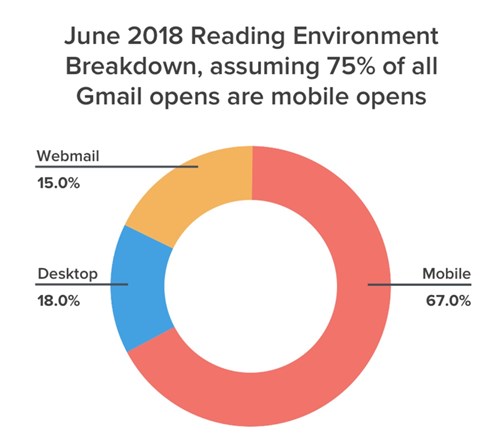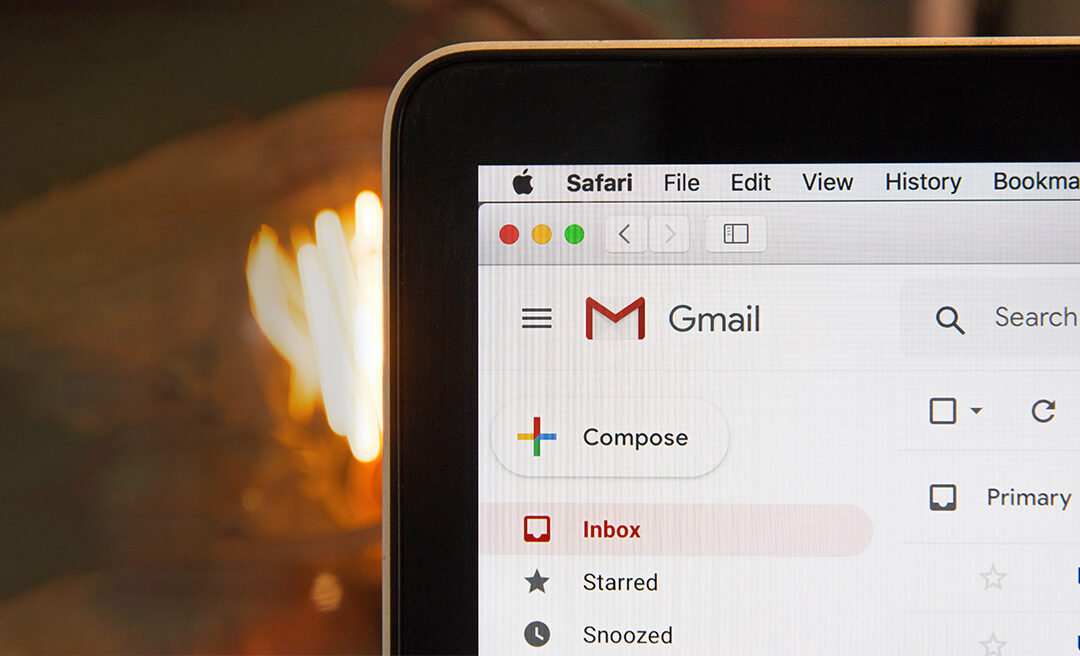1. Don’t be boring!
The last thing people want is to swat away a long and pointless email that has nothing to do with them. When you craft your message, tailor specific information to the consumer preferences you’ve gathered about the subscriber. Are they always clicking on the links in your emails that talk about trips to tropical vacation destinations? Target an offer to them that scratches that travel itch, paired with a gorgeous photo of the clear blue ocean.
Do:
- Gather consumer preferences either overtly or through data analysis.
- Use a web tracking pixel to see the customer’s journey across your site.
- Include relevant, targeted information within the email.
Don’t:
- Try to spice up your email with a lot of exclamation points.
- Include endless paragraphs of text that no one will read and that have little to do with the subscriber’s interests.
2. Keep your list fresh
Do you obstinately continue to send emails to people on your list who haven’t clicked or opened an email in many years? It’s time to let them go. Remove non-responders from your list on a regular basis so that they don’t interfere with your deliverability. That way the people who really want your messages aren’t penalized by those who signed up ages ago and who have forgotten why they’re on your list.
Do:
- Remove non-responders from your list quarterly or bi-annually.
Don’t:
- Buy a list and hope for the best.
3. Always ask for email signups
You know that scene in Glengarry Glen Ross where Alec Baldwin goes over the ABC’s of sales… Always Be Closing? In our case, it’s ABCE… Always Be Capturing Emails. Whether it’s on your website, at a tradeshow, in your retail store, you should always think about how you’re going to capture a customer or prospect’s email address.
Do:
- Ask for email at point of sale in brick and mortar retail shops.
- Have a persistent email capture module across your website.
- Ask for email signups on your social media channels.
Don’t:
- Plan on coasting on that huge database of subscribers you inherited from the person who previously had your marketing role.
4. Send an immediate welcome message
This is a personal pet peeve of mine—when I sign up for a mailing list and don’t receive an immediate welcome message that confirms I’m in and tells me what happens next. The best welcome messages are sent immediately, let subscribers know how often you should expect to hear from them, and summarize what kind of information will be sent.
Do:
- Trigger an immediate welcome message.
- Tell subscribers how often you’ll be mailing them and what information to expect.
Don’t:
- Play hard-to-get by ignoring them until you have your next marketing blast.
5. Use a mobile-first design
Last year, Litmus reported that 67% of opens were on mobile devices, assuming that the majority of Gmail opens were done on a mobile device (which seems likely). But so many marketers out there are still stuck in their old design process which lets the mobile design cascade from the desktop-first design. It’s time to flip your thinking and design with mobile-first in mind. What exactly does that mean? It means you design an email template to look great on mobile devices first, and then focus on how it looks on desktop email clients.

Do:
- Design your email to look great on mobile devices.
- Ensure text is readable on mobile devices.
- Make sure your CTAs are actionable on mobile devices.
Don’t:
- While you do all of the above, don’t forget to test what it looks like on the desktop version for the rest of your audience.
6. Have one clear CTA per email
Your email marketing campaign is not the time to throw everything but the kitchen sink into your communication. Many marketing teams take the opportunity to pack their email with highlights and news and promotions from all across the company, overwhelming the recipient with information. The average time spent reading an email is 11 seconds according to Litmus. Is 11 seconds enough for someone to comprehend your entire email? If not, shorten it, parse it into separate emails, do whatever you can to streamline the amount of information you’re sending out.
Do:
- Decide what the ONE thing you want people to do with your email is, and focus on getting that right.
Don’t:
- Stuff all possible communication topics into a single email just because your marketing team only emails once a month.
7. Test, test, test
Testing is one of my favorite things about email marketing. It’s so easy to test different elements to make sure you’re rolling out a version of the email that is the most likely to succeed. Most email marketers are data nerds at heart, and we love analyzing the performance of one CTA button design versus another.
Do:
- Test CTA buttons and language.
- Test subject lines and preview text.
- Test the main image.
Don’t:
- Be lazy and skip testing.
8. Maximize your deliverability
Don’t start dozing off as soon as you encounter the “d” word—deliverability. It’s as important as crafting and testing the perfect marketing message. Without optimizing your ability to deliver email into your subscribers’ inboxes, it’s like you’re mailing a postcard without a stamp—your message won’t be seen.
Do:
- Segment your list and send to the most active users first.
- Use DKIM/SPF authentication to prove that your emails are really from you.
- Send consistently, at least once a month.
Don’t:
- Stop mailing your audience between January and October and then turn on a massive daily blitz to ramp up for the holidays.
9. Monitor your results
One of the benefits of email marketing is being able to see how your campaign is doing in real time. Watch those opens, clicks, and conversions pour in. Monitor the results of your tests and act on them. Track your progress over time to spot any potential delivery problems or other trends.
Do:
- Use any available inbox monitoring tools your email service provider has
- Use a tool like Litmus to get even more granular about what email clients your subscribers are using and how long they’re looking at your messages.
- Track your progress over time.
Don’t:
- Press the send button then move on to the next campaign without monitoring the results of the one you just sent.
10. Optimize your process
Be smart about using the tools available at your email service provider. Most have solutions that help you handle dynamic content blocks targeted to specific attributes. Use those tools to create efficiencies inside a single template instead of duplicating templates.
Do:
- Use dynamic content blocks where appropriate.
- Have a checklist that you use for each email campaign.
- Determine where you’re spending the most time on email campaigns and figure out how to be more efficient.
- Call for reinforcements if your internal team is overwhelmed. (We can help!)
Don’t:
- Continue doing things the way they’ve always been done just because.


